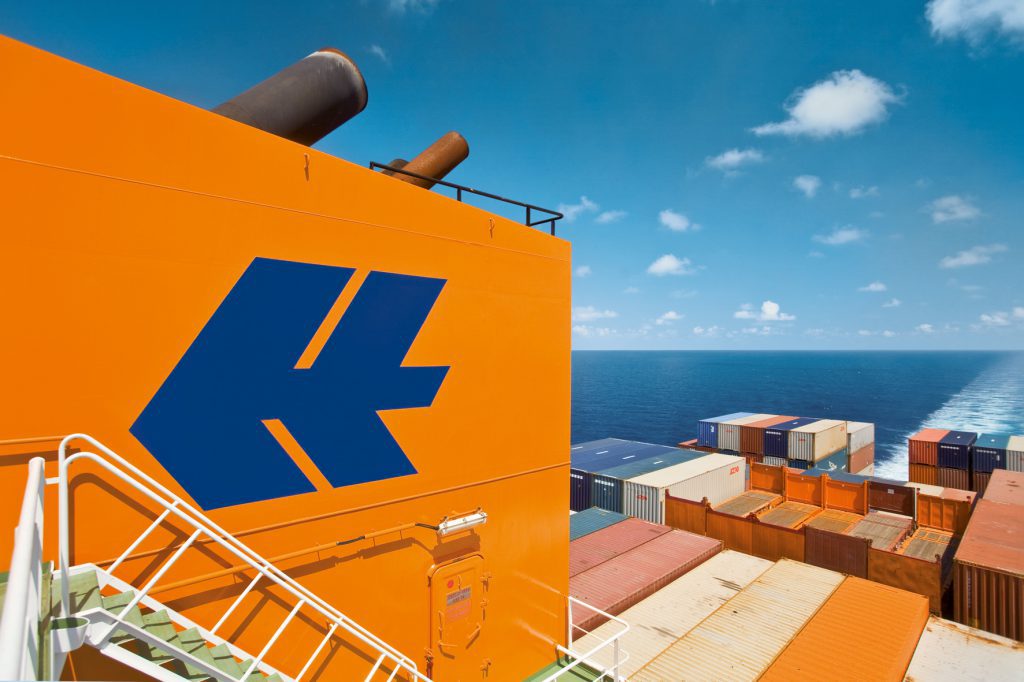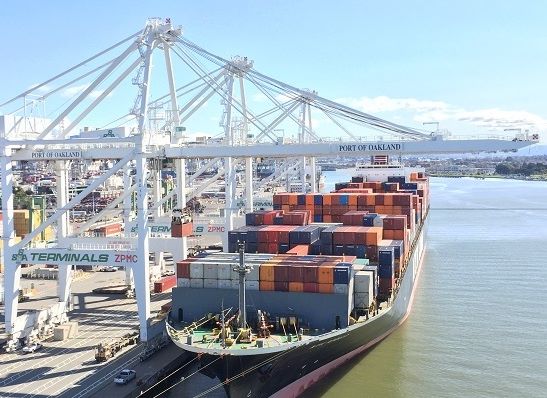ENCRYPTION OF SPECIALIZED MANAGEMENT AND INSPECTION POLICIES: MEASURE TO UNIFY VNACCS AND NSW PORTAL
VCN – The encryption of specialized inspection and management documents is an important requirement to fulfill the State management requirements for export and import goods subject to specialized management and inspection, and unify the information exchange between the National Single Window portal and the VNACCS/VCIS.
 |
| Operational activity at Da Nang Customs Branch Photo: N.L |
In order to implement this requirement, the General Department of Vietnam Customs implemented a centralized review period (from 7th to 10th June 2017) for the administrative procedures of management policies for exported and imported goods.
Mr. Ngo Minh Hai, Deputy Director of the Customs Control and Supervision Department, said that the review for documents on specialized management and inspections had been conducted regularly by the General Department of Vietnam Customs especially since implementing the Government’s guidance in Decision 2026/QD-TTg approving the Scheme on Solutions to improve the effectiveness and efficiency of specialized inspections and Resolution 19 in the past 4 years.
It can be seen that the review of administrative procedures on the management policies for imported and exported played an important role in administrative reform. Through the review, the Customs proposed the Government to direct relevant ministries and departments to amend many administrative procedures in a simpler way and facilitate the imports and exports and clearance goods. According to Mr. Hai, it was necessary to review to encrypt the specialized management and inspection documents for e-customs declaration.
During this period, the General Department of Vietnam Customs and the provincial and municipal Customs Departments requested that ministries and sectors should review the entire administrative procedures of the management policies for imported and exported goods, including 270 administrative procedures of management policy. Including import license, export license; Notification of approval or exemption from inspection of quality, food safety, quarantine. Customs also reviews documents required during implementing customs procedures that are not the result of the administrative procedure of a ministry or sector (conditions for importing goods). For example certificate of business registration, investment certificate or business certificate in which the fertilizer business certificate issued by the competent authority.
For each administrative procedure of management policy, it is necessary to review that it is correct and sufficient contents such as: agency which issues documents regulating on management policies; Type of management policy (ban, license, automatic license, quotas, quality control, Veterinary Quarantine, phytosanitary, food safety inspection …); Administrative procedures; Results of the administrative procedures; Validity of the administrative procedures; Objects of exemption; legal framework; List of applicable goods; Time of document presentation and submission.
The large volume of the list of administrative procedures that regulate the management policy for exported and imported goods, the representative of the Customs Supervision Department also presented the contents that are expected to cause great difficulties when reviewing, such as the list of applicable goods. Because ministries and sectors issued documents which are not unified, are not accompanied by the list, and are accompanied by the list but only regulate one commodity or some commodities, or even the list of commodities such as animal feed is regulated in many documents. Therefore, entire the list of those commodities needs to be reviewed.
Based on the results of the review, the General Department of Vietnam Customs will develop a list of administrative procedures regulating on management policy for imported and exported goods, in order to apply code and encrypt on the e-customs clearance system as well as synchronized exchange of information with the National Single Window.
| In the recent times, the General Department of Customs is assigned by the Ministry of Finance to chair to deploy the Prime Minister’s Decision 2026/QD-TTg and the Government’s resolution on specialized inspection and management for imported and exported goods, it has set up a specialized and responsible team including 30 members who are officials of units under the General Department of Vietnam Customs.
In 2016 and beginning of 2017, the Ministry of Finance (the General Department of Vietnam Customs) has actively collaborated with relevant competent agencies of ministries and sectors to urge the implementation of tasks related to the specialized inspections for imported and exported goods; The leaders of the General Department of Customs worked directly with the leaders of a number of specialized management ministries to propose on the implementation of tasks assigned by the Prime Minister in Decision 2026 / QD-TTg and Government’s Resolution 19/NQ-CP. After the review sessions, the Ministry of Finance reported to ministries and the Government Office on implementation results. In addition, the Ministry of Finance (General Department of Vietnam Customs) has actively implemented many measures to simplify administrative procedures on specialized inspections and shorten customs clearance time for imported and exported goods. The Ministry of Finance chaired and coordinated with the ministries and sectors to build the portal on specialized inspection in NSW portal. While waiting for the finished National Single Window portal, the Ho Chi Minh City Customs Department has actively built a specialized inspection portal to resolve requirements for specialized inspection. This program was deployed at Sai Gon Port Customs Branch of zone 1, Tan Son Nhat International Airport Customs Branch and Post Office Customs Branch for specialized inspections. The General Department of Vietnam Customs implemented the inspection of quality, sanitary and food safety of the Customs Assessment Department. Accordingly, the Department piloted to receive some commodities which the Department’s can verify (fertilizers, plastic toys); Equipping with outside verification points for specialized inspection at Northern border provinces (Lang Son, Quang Ninh, Lao Cai). Upgrading equipment, facilities, number of specialized inspection officials in provinces with large flow of imported and exported goods subject to inspection on quality, sanitary and food safety. |
By Ngoc Linh/Ngoc Loan
Source: http://customsnews.vn/










